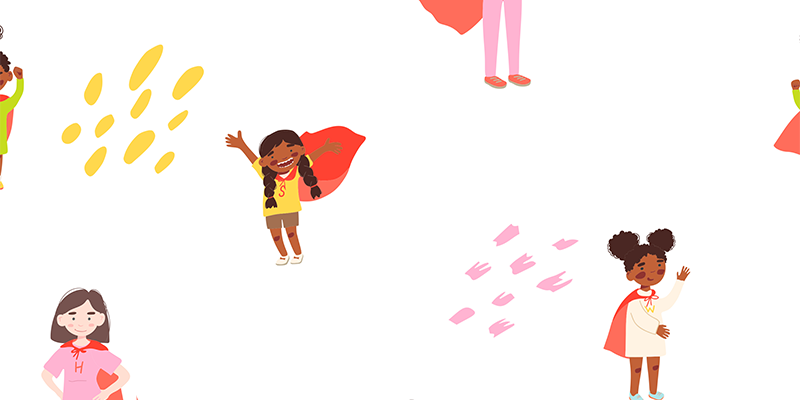Happy International Women’s Day! At Ozobot, we take this holiday very seriously. Our mission is to give all children the opportunity to create with technology—which involves doing our best to close the gender and race gaps in STEM.
In a field currently dominated by men, it can seem to girls (especially girls of color) that they’re not a good fit for future careers and hobbies in computer science. According to Microsoft, the majority of girls and young women describe themselves as creative, but relatively few associate STEM jobs with being creative. We want to help change that perception, and keep their opportunities and interest in coding alive throughout their education. With more and more careers requiring knowledge of coding and STEM, it is imperative.
We are fortunate to have Melissa Toohey, our EdTech Adoption Specialist, as a resource. An Ed.D. candidate at UCLA, her research is focused on the lack of diversity in the computing field. According to Toohey, “If elementary school students have access and exposure to computer science instruction early in their academic careers, more students, both male and female, will have the opportunity to engage in computer science learning, gain interest in the subject, and potentially pursue the field as a career. In order to sustain interest in computer science and develop computing identities, students may benefit from participation in professionally and personally authentic computing opportunities.”
Our aim is to increase access to STEM for all kids, and that involves empowering teachers to integrate STEM into their classrooms. One way we do that is our Lesson Library. With lessons for any subject for K-12, we aim to help kids discover a love for coding no matter the subjects they’re drawn to. While the following lessons were not created specifically for girls (we understand that interests and affinities vary greatly), we compiled some of our favorite Ozobot lessons to show girls that STEM is everywhere. Read on for lessons that women on the Ozobot team recommend to show how varied and creative STEM can be.
Melissa, EdTech Adoption Specialist & Curriculum Developer
“I love that there are personally authentic computing experiences in it. All kids love to trick or treat, and there’s so much opportunity for all kids to engage in the computing lesson, regardless of their background or gender! Everyone can picture themselves choosing a costume to go trick or treating, and in this lesson, anyone can see themselves as a computer scientist (maybe even a spooky coder!)”
Lunar New Year Red Envelope Adventure
“Research has shown that one reason girls and students of color participate in computer science at lower rates, in part because they don’t see themselves represented in computing. By creating a lesson that was reflective of my culture, I hope to encourage other students to see their cultures in computing, and to encourage teachers to incorporate their students’ cultures in their learning.”
Jen, Curriculum Developer & Customer Experience Representative
Prominent Black Engineers and Scientists
“This lesson includes women who are astronauts, inventors, mathematicians, aerospace engineers, and so many other professions. They are inspiring examples of what women can achieve.”
Theresa, Software Engineer
Engineering Design Process Series
Lesson 1 >
Lesson 2 >
Lesson 3 >
“Systemic thinking and systems design is fundamental in any project, but especially an engineering one. We have to consider all the parts of a system to solve a problem, not just a single feature. System design thinking is one of the things that makes a software engineer a Senior Software Engineer.”
“I’m also interested in the Silk Road lesson because my degree is in Middle Eastern studies, and I love the idea of exploring that part of history while integrating computers.
Any lesson that seems interesting would be a good lesson for a student since passion and curiosity are the main ingredients for learning.”
[Toohey] points out that lack of diversity in STEM is well documented, but that there is “minimal research around teacher preparation, systems of support, professional development, training, and pedagogical content knowledge for elementary school teachers teaching computer science.”
We hope the lessons and resources above can help you bring computer science to all subjects, all grade levels, and all students!









